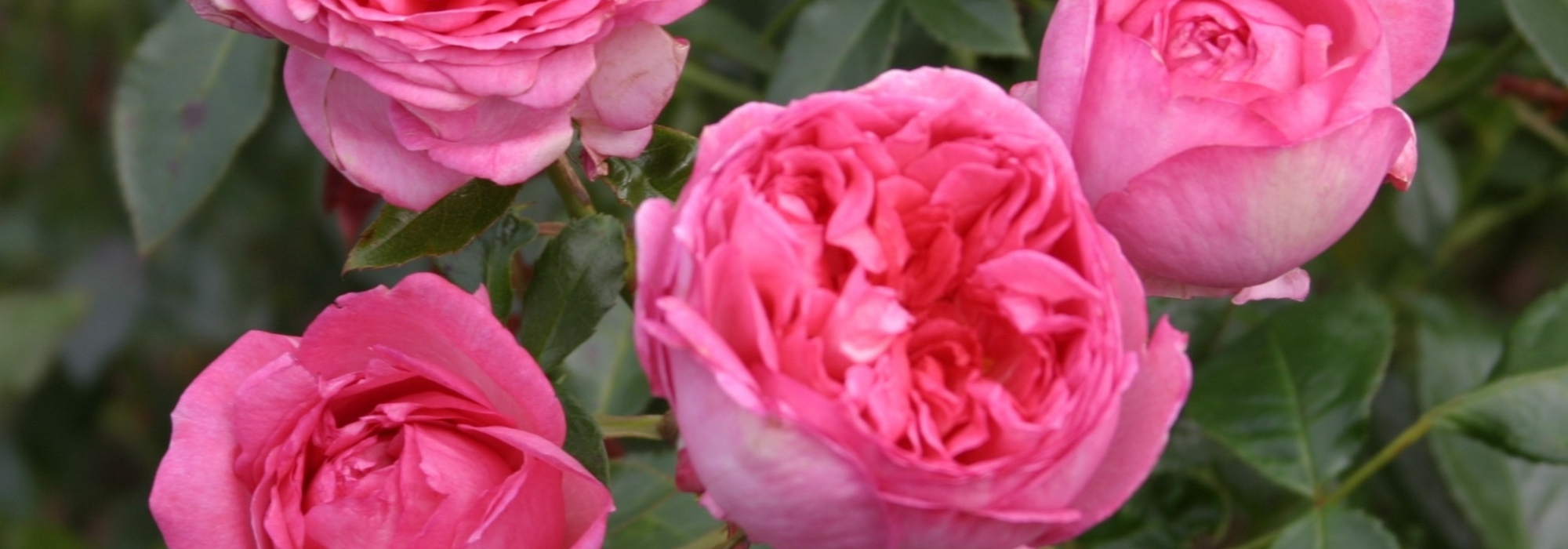
Roses: the most fragrant
the most renowned varieties
Contents
If the rose is often referred to as the queen of flowers, it is also because its beauty, in all its diversity of shapes and colours, is wrapped in a wonderful fragrance. A fragrance that is not unique, but plural, endlessly varying with musky, tea, fruity, myrrh, or woodland notes. This complex scent, like the bouquet of a wine, depends on the terroir that hosts the plant and varies according to the time of day.
The scent of a rose can even change from day to day on the same plant, with the age of the flower, humidity, and warmth playing a significant role in its perception. It is when the flower is in bud that the fragrance develops, and it is the petals that “produce” the majority of a rose’s aromas. This is why roses heavy with petals are often more fragrant than florist’s tea roses, which are selected primarily for the perfection of their flowers and their long, straight stems.
To guide you in your choice of fragrant roses, we invite you to discover some of the most renowned varieties. They can be found among old and botanical roses, English roses, as well as among modern hybrids.
The most fragrant old and botanical roses
Les « roses à parfum » : plus ou moins utilisés par l’industrie de la parfumerie, ces rosiers proches des espèces botaniques exhalent un parfum suave, puissant, à son apogée lorsque la fleur s’ouvre le matin. Ils ont engendré de très nombreux rosiers anciens, toujours très appréciés pour leur authentique et merveilleux parfum de rose tel qu’il est perçu dans l’inconscient collectif.
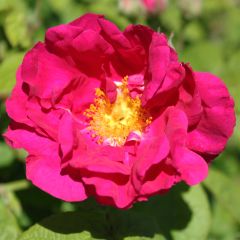
Rosa gallica Officinalis - Old Gallic Rose
- Flowering time July, August
- Height at maturity 90 cm
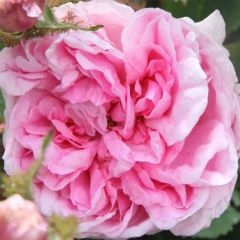
Rosa centifolia Muscosa - White Moss Rose
- Flowering time July, August
- Height at maturity 1,30 m
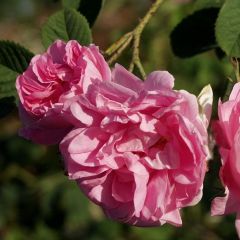
Rosa damascena Trigintipetala - Damask Rose
- Flowering time July, August
- Height at maturity 1,80 m
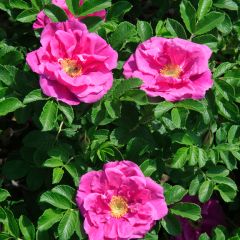
Rosa x rugosa 'Roseraie de l'Haÿ' - Rugosa Rose
- Flowering time June to November
- Height at maturity 2 m
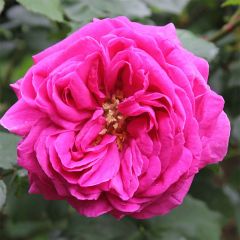
Rosa Mme Issac Pereire - Bourbon Rose
- Flowering time July to November
- Height at maturity 2,50 m
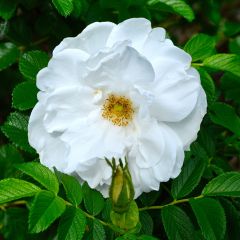
Rosa rugosa Blanc Double de Coubert
- Flowering time July to October
- Height at maturity 1,50 m
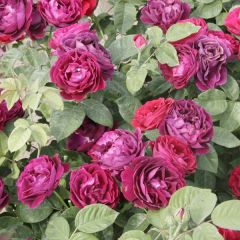
Rosa Souvenir du Dr Jamain
- Flowering time July to November
- Height at maturity 2,50 m
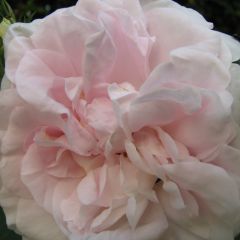
Rosa alba Great Maidens Blush
- Flowering time July, August
- Height at maturity 1,50 m
The most fragrant English roses
Combining the charm of old roses with the floribundity of modern roses, English roses offer us complex, intense, and highly diverse fragrances.
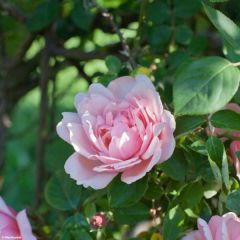
Rosa Constance Spry
- Flowering time July
- Height at maturity 1,50 m
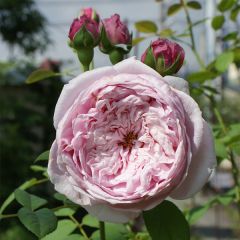
Rosa 'Spirit of Freedom' - Climbing Rose
- Flowering time July to November
- Height at maturity 1,20 m
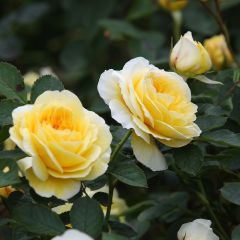
Rosa The Pilgrim - English Climbing Rose
- Flowering time July to November
- Height at maturity 1,80 m
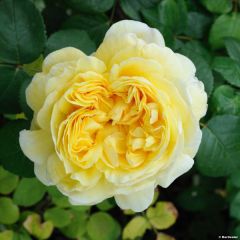
Rosa Charles Darwin- English Rose
- Flowering time July to November
- Height at maturity 1,10 m
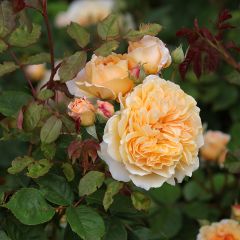
Rosa Crown Princess Margareta Auswinter
- Flowering time July to November
- Height at maturity 3 m
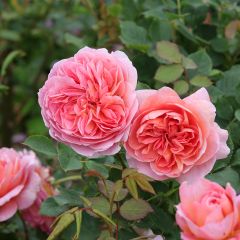
Rosa Boscobel - English Shrub Rose
- Flowering time July to November
- Height at maturity 1 m
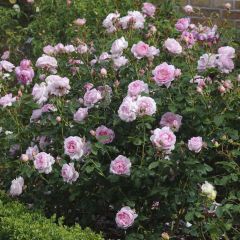
Rosa Scepter'd Isle - English Shrub Rose
- Flowering time July to November
- Height at maturity 1,10 m
Discover other Fragrant Roses
View all →Available in 1 sizes
Available in 1 sizes
Available in 0 sizes
Available in 1 sizes
Available in 1 sizes
Available in 1 sizes
Available in 1 sizes
Available in 1 sizes
Available in 2 sizes
Available in 1 sizes
The most fragrant modern roses
Robust, blooming all summer and fragrant, these modern roses of the latest generation combine all the qualities. Today, fashion is plural, in the world of tailoring as well as in that of roses. Just as the great couturier no longer imposes the height of the hem, modern roses confidently display themselves alongside their English sisters with perfect complexions and keep company with their crinoline ancestors in the gardens of flower enthusiasts. Without any of them overshadowing the charm of the others.
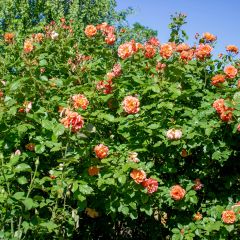
Rosa 'Aloha' - Climbing Rose from 'Max' Series
- Flowering time July to November
- Height at maturity 2,25 m
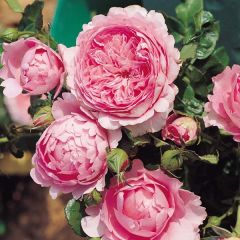
Rosa Generosa Chantal Mérieux
- Flowering time July to November
- Height at maturity 1 m
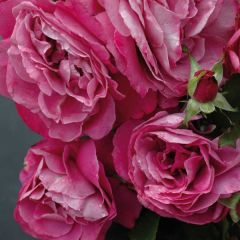
Rosa Bossuet Aigle de Meaux
- Flowering time July to November
- Height at maturity 80 cm
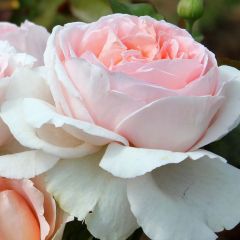
Rosa André Le Nôtre - Modern Hybrid Tea Rose
- Flowering time July to November
- Height at maturity 1,10 m
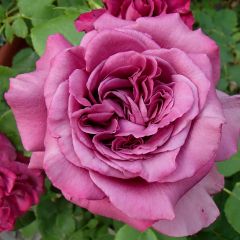
Rosa 'Claude Brasseur' - Hybrid Tea Rose
- Flowering time June to November
- Height at maturity 80 cm
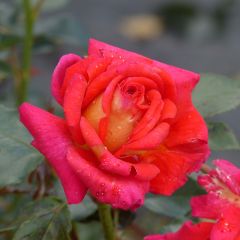
Rosa Parfum de Grasse
- Flowering time July to November
- Height at maturity 90 cm
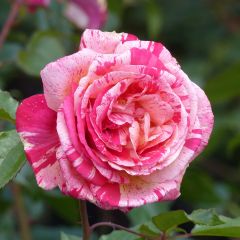
Rosa Broceliande - Hybrid Tea Rose
- Flowering time July to November
- Height at maturity 85 cm
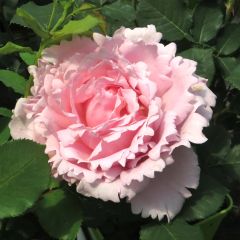
Rosa Sophie Rochas
- Flowering time July to October
- Height at maturity 70 cm
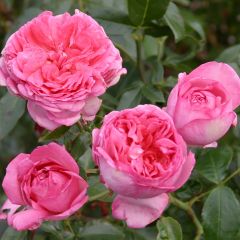
Rosa La Rose de Molinard - Hybrid Tea Rose
- Flowering time June to November
- Height at maturity 1,75 m
Read also
Old shrub roses: the essentialsThe right location for a fragrant rose bush
To make the most of its fragrant flowering, place your rose bush near a pathway, close to the entrance or not far from the terrace. Some varieties, which are small in size, are well-suited for pot cultivation, allowing flower enthusiasts who lack a garden to enjoy their sweet scents on a balcony or small terrace. Avoid grouping different varieties of fragrant roses or pairing them with highly fragrant and simultaneously flowering bushes, to prevent creating a sort of olfactory “cacophony.” Fragrant roses prefer companions of colour!
The fragrance palette of roses:
The fragrance of roses is much more complex than that of other flowers. It is composed of hundreds of different molecules produced and released primarily at the level of the petals. Three categories of molecules are responsible for the scent of roses, among which are terpenes, volatile yet extremely fragrant. These are components also found in the essential oils of many aromatic plants. These molecules include geraniol, citronellol, eugenol, and nerol. They are what give the rose’s scent its floral, musky, myrrh-like, or fruity note.
Finally, know that the scent of a flower is somewhat its genetic fingerprint, its DNA, as well as a message delivered to pollinating insects. In the case of the rosebush, as with most flowers, the fragrance disappears as soon as it is no longer essential, after pollination. This may explain why heavily hybridised, sterile roses are often devoid of scent.
- The scent of old roses: sweet, rich, and powerful yet always balanced, it is the fragrance that most evokes the rose in the collective unconscious.
- The scent of musk: coming from the stamens, it never dominates the fragrant composition of a rose but often betrays its belonging to the line of Rosa moschata, multiflora, R.filipes, or Rosa arvensis. The ‘musk’ of roses serves to attract pollinating insects and to protect the pollen from pathogenous agents like moulds.
- The scent of tea: these are delicate and refined aromas that can evoke the moment one opens a box of tea. They also blend with notes of damp earth, violet, iris powder, and whisky malt. This tea component is often found in flowers with yellow or white colours, which are distant descendants of Rosa x odorata Ochroleuca.
- The fruity scent: some roses possess a particularly complex fragrance where notes of apple, pear, raspberry, grape, or even apple can be detected. Initially present in some Bourbon roses, this fruity fragrance has been found through hybridisation with Chinese roses combined with aromas of tropical fruits like lychee, mango, or even guava.
- The scent of myrrh: comparable to those of certain aromatic plants, the spicy, woody, or balsamic aromas of some roses evoke incense, an oleoresin harvested from exotic bushes called Commiphora. In the language of perfumers, however, a “myrrh scent” more often evokes the smell of musk chervil (Myrrhis odorata). The botanical roses Rosa arvensis and R. wichuraiana are responsible for the ‘myrrh’ component in their descendants.
If the mystery of the fragrance of roses fascinates you, also discover this article: “The rediscovered scent of roses“.
- Subscribe!
- Contents
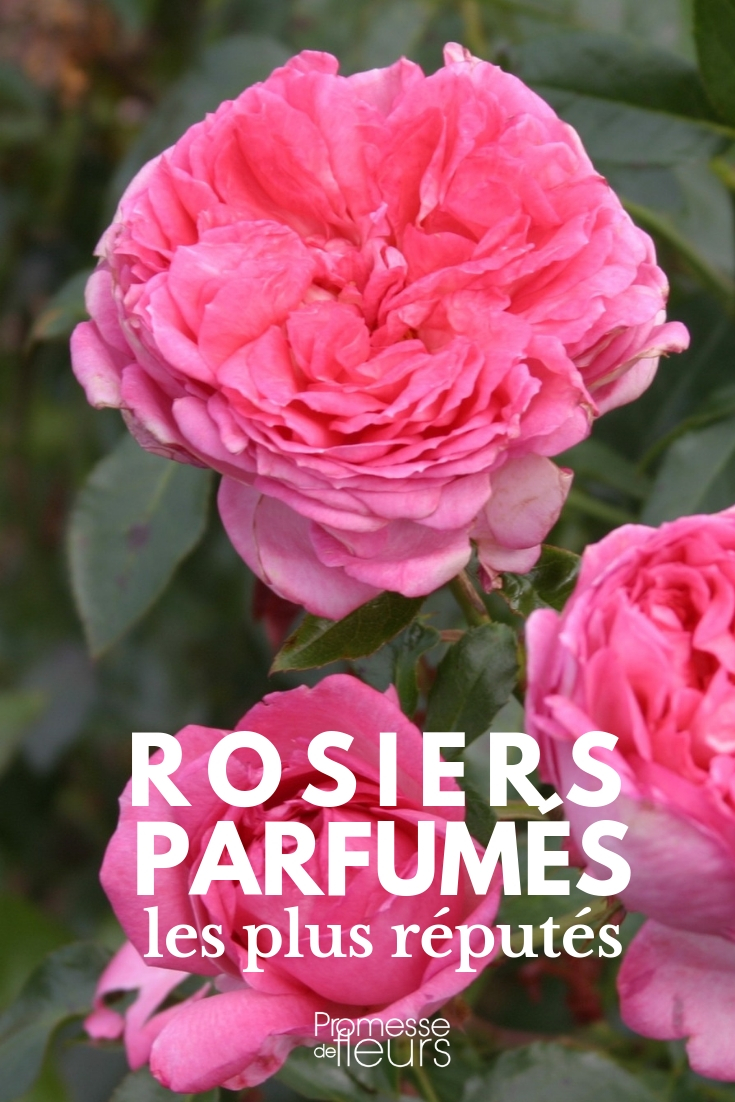
































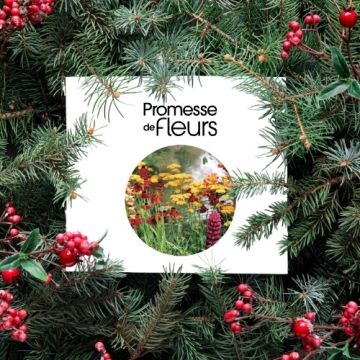

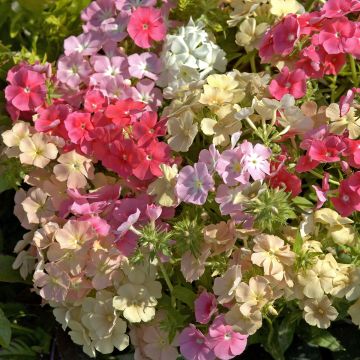
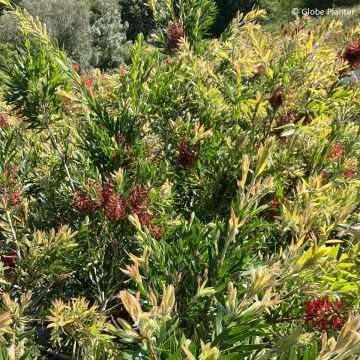
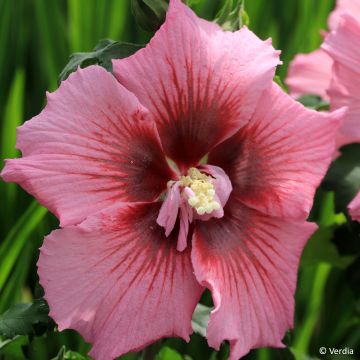
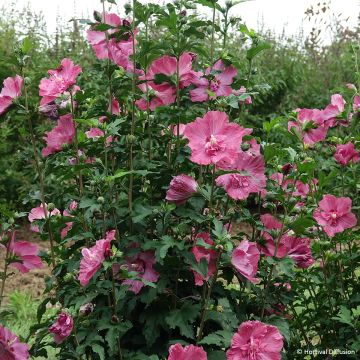


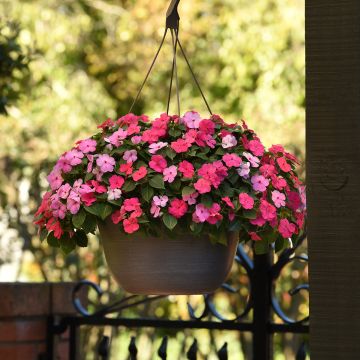
Comments